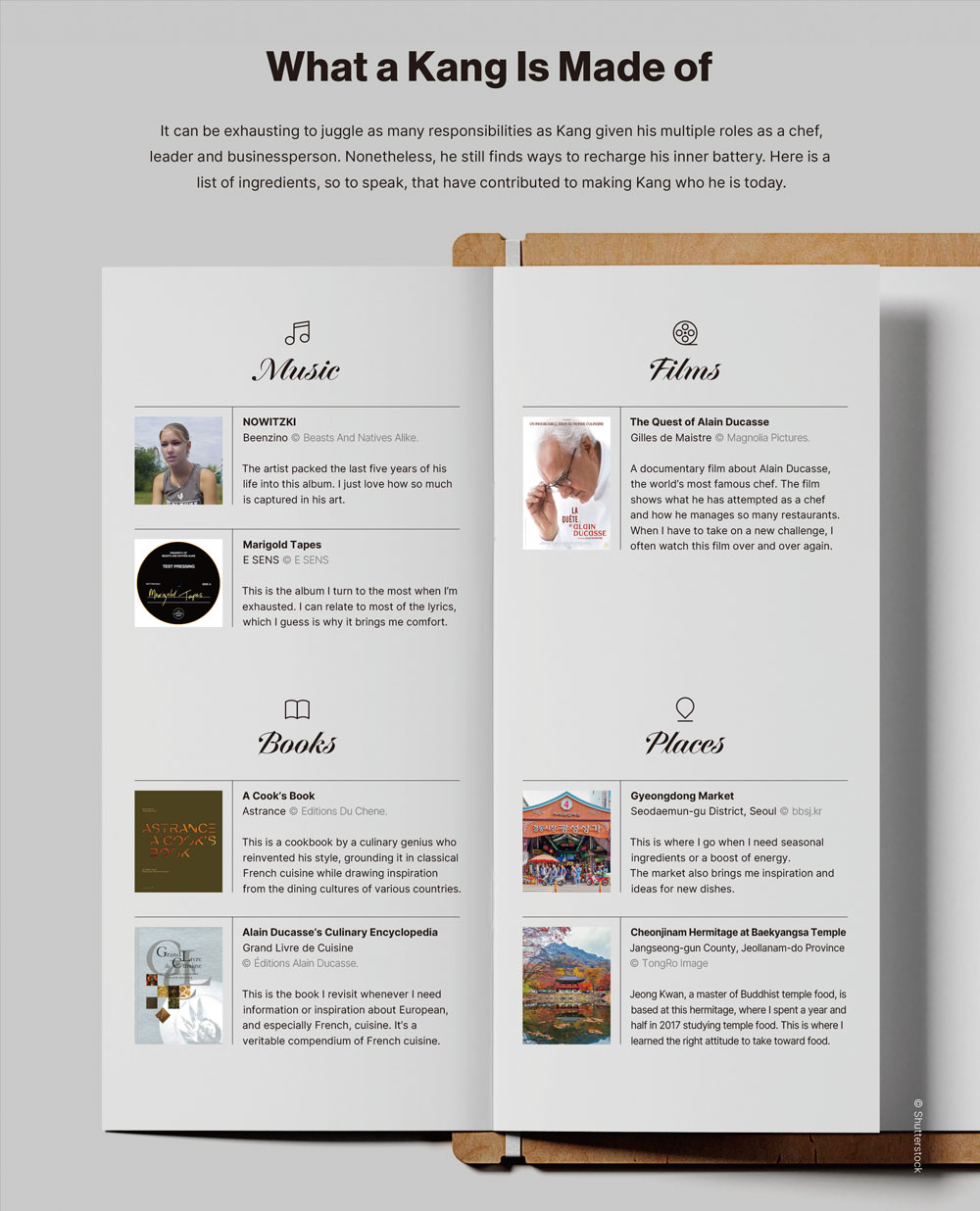It’s not easy to uphold a country’s deep-rooted traditions while creating an appeal universal enough to enrapture people around the world. While Korean cuisine once faced such an obstacle, Kang Mingoo, chef and owner of Mingles, has easily sidestepped it. Mingles was awarded its first Michelin star in 2017 and received a second star the following year, an honor it maintains today. In May 2024, Mingles became the first Korean restaurant to be included in the World’s 50 Best Restaurants list, which recognized it for demonstrating the potential of Korean cuisine. This article will explore how exactly Kang has demonstrated that potential.
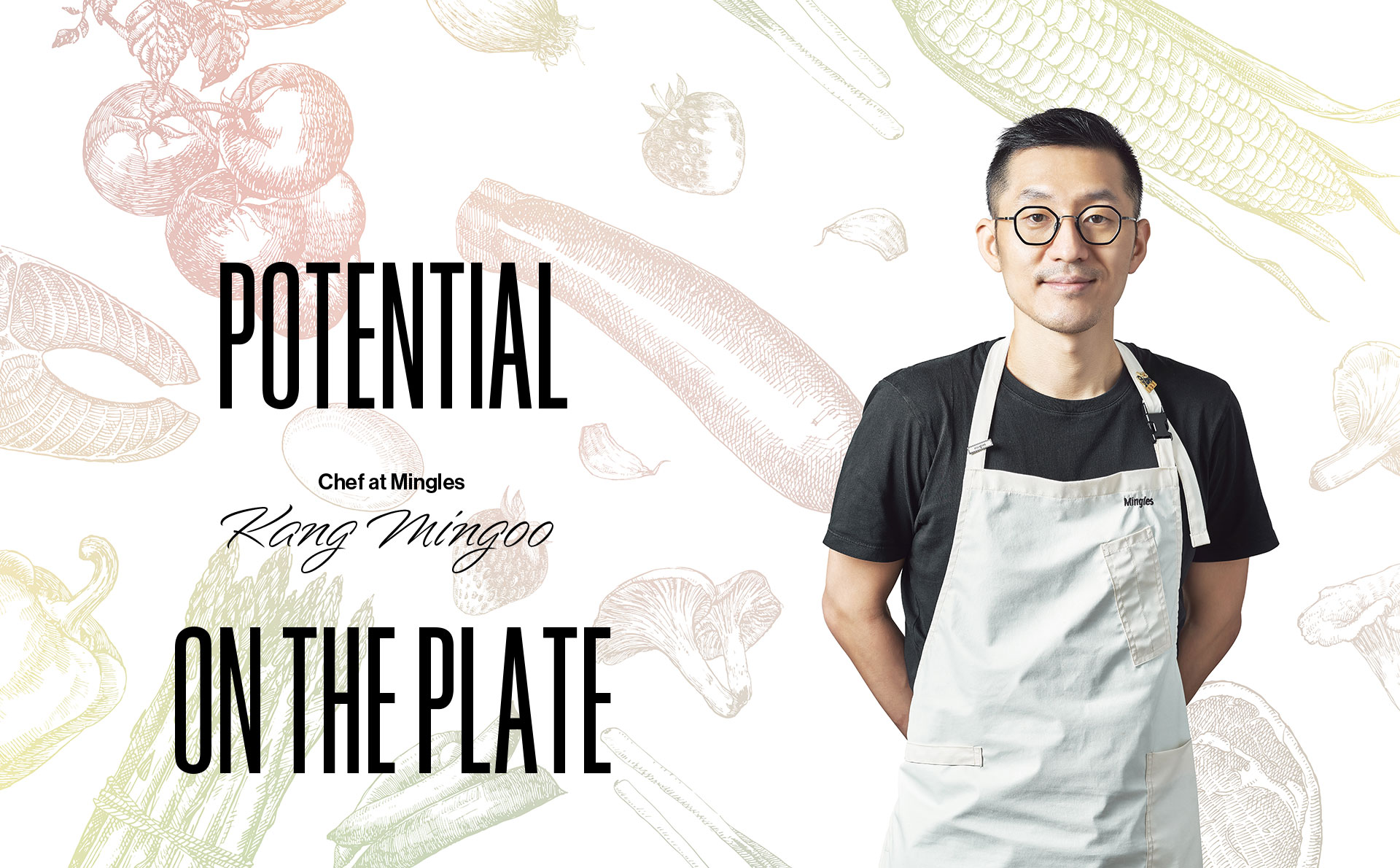
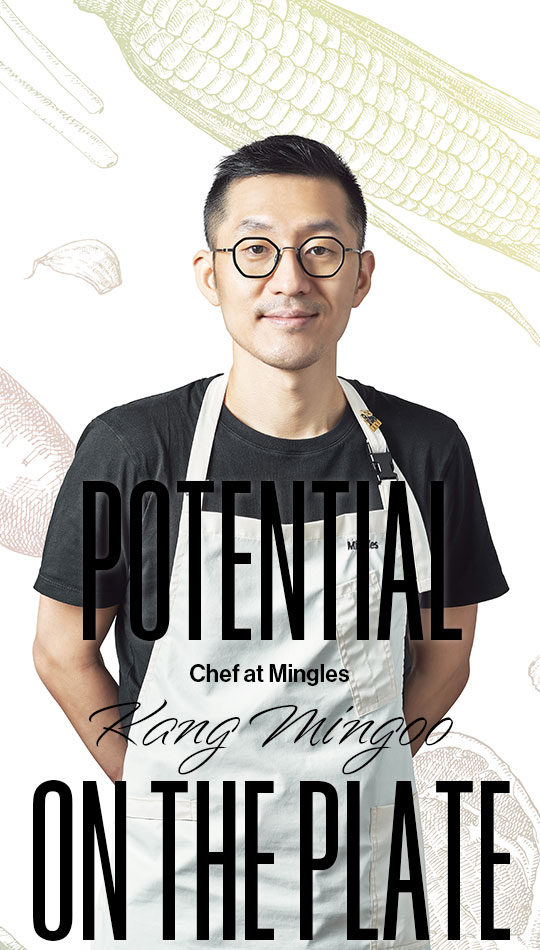
Writer.
Sung Ji Yeon
Photos courtesy of.
Mingles
How Mingles Was Made
Kang Mingoo always enjoyed creating, from painting to calligraphy, but it wasn’t until he tried cooking that he found his true talent. “I became fascinated with cooking while making meals for my younger brother. I loved that cooking is hands-on, but judged primarily by taste, not appearance,” he said.
Determined to become a chef, Kang headed to some of the finest restaurants in the United States and Europe after graduating from college to build his resume. As he watched chefs reinterpreting dishes they’d grown up with, he cultivated the dream of debuting his own version of Korean cuisine. In 2014, he had the chance to open his own restaurant, which he named Mingles. That was his nickname, as well as a nod to the English word in its sense of mixing. That expressed Kang’s ambition of mixing Korean dishes with elements from foreign cuisines while also bringing Korean cuisine into the global spotlight.
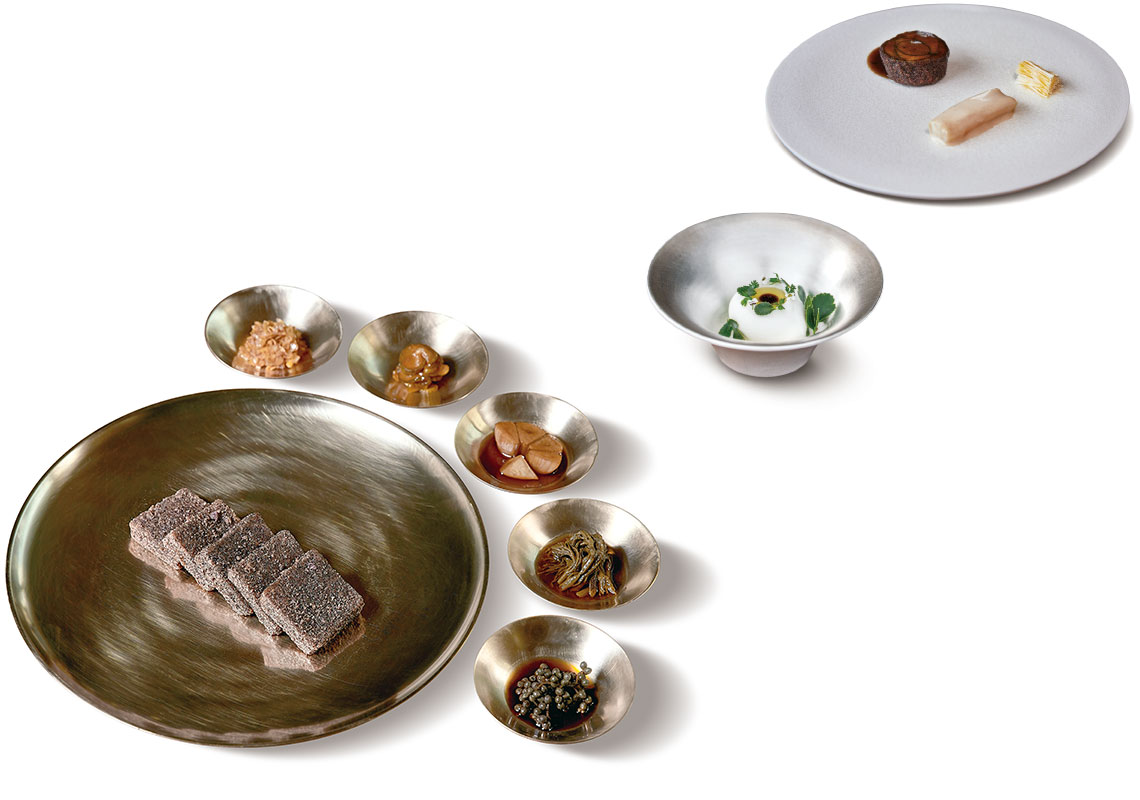
Defining the Mingles Approach
That was also when Kang had to confront his own limitations. “I’d just assumed that, as a Korean, I was well-acquainted with Korean cuisine. But I soon realized how wrong I was. This was also the problem with dishes at Mingles. When I combined Korean and French cuisine, the Korean component only accounted for about 30% of the total. Basically, I was just sprinkling some Korean ingredients in tasty French dishes. This led some people to say the dishes at Mingles weren’t Korean food. That feedback touched on Mingles’ lack of a clear identity,” he said.
Kang wanted to prove that judgment wrong, and to establish a clear and unique vision for his restaurant. This was the only way he could achieve his goals of promoting Mingles and Korean cuisine. So he turned at once to Jeong Kwan, a Buddhist nun who’s regarded as a master of both authentic Korean cuisine and Buddhist temple food. He spent the next year and a half delving into Korean cuisine. He has also continued researching the world’s dining cultures and ingredients.
That process enabled Kang to delineate the specific qualities of Korean cuisine he wanted to present at Mingles. “Studying traditional cuisine brought me to a new awareness of things that are forgotten today or too familiar to notice. One focus for me was jang (condiment) culture. Korea uses soybean-based jang in nearly every dish. Other countries have fermented foods, but Korea takes that to a different level. There are various kinds of fermentation, all taking different periods of time,” he said.
Fine dining typically eschews highly distinctive sauces. But Kang deftly combines fermented ingredients with Korean jang, including gochujang (red chili paste), doenjang (soybean paste), ganjang (soy sauce) and fish sauce.
Then he tosses in some seasonal ingredients to maximize the flavor and ensure his dishes are authentically Korean. At the same time, he adds “freshness” to the dishes by employing Western cooking techniques and ingredients that aren’t part of traditional Korean cuisine. One notable example is “vanilla ravioli served in Korean anchovy broth.” The ravioli is made by wrapping Korean dumpling skin around jellies infused with clams, cream, lemongrass and vanilla beans. The ravioli is then served in anchovy broth, a central component of Korean cuisine.
Kang’s dishes constitute a new kind of cuisine that is 70% Korean in origin, with the remaining 30% borrowed from a wide range of foreign dining cultures. “Diners tell me that while our dishes aren’t plated like traditional Korean cuisine, they can still taste the Korean elements. Mingles provides a special experience for those who are familiar with Korean cuisine and provides familiarity for those who aren’t,” he noted. The Mingles way, Kang says, enables him to satisfy both kinds of customers. “The Mingles approach provides a new experience by respecting tradition while integrating a modern-day sensibility.”
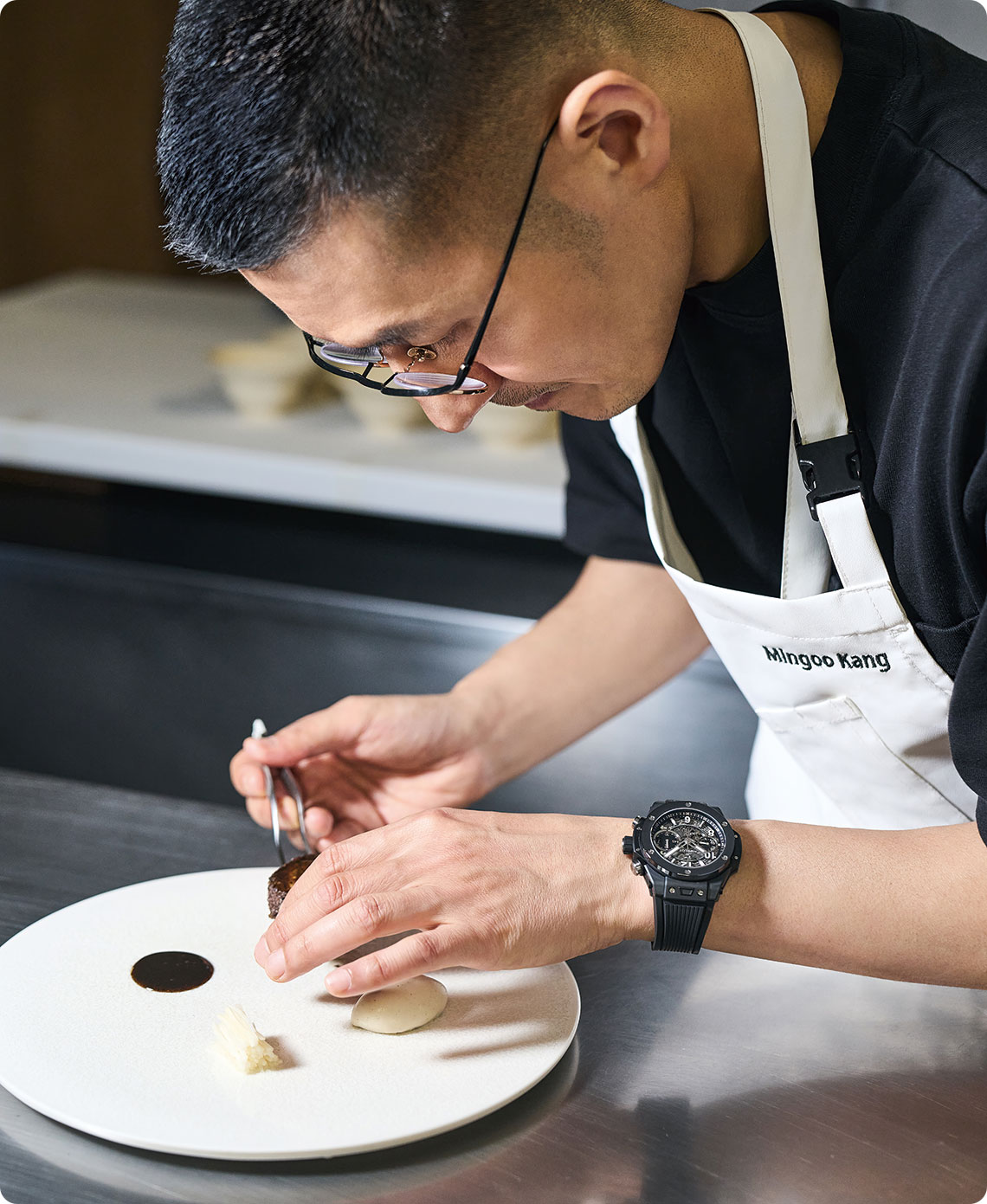
The Drive to Globalize Korean Cuisine
Step by step, and in his own way, Kang is moving toward the goal of bringing Korean cuisine to the world. In 2020, Kang opened Hansik Goo in Hong Kong. “Hong Kong, as a hub of commercial and cultural exchange, has evolved into a gastronomic destination where Eastern and Western culinary cultures thrive. But there was no Korean fine dining there, so I figured I should be the first,” the chef explained. Thanks to his acumen, Hansik Goo was added to the Michelin Guide for Hong Kong and Macau, which also prompted the guide to establish its first category for Korean cuisine.
Kang is also branching out into brands beyond fine dining. In his view, there need to be more Korean restaurants accessible to the general public, if Korean cuisine is to gain global awareness. Thus, he opened a fried chicken brand, “Setopa,” in Paris in collaboration with his colleagues.
Opening new restaurants isn’t Kang’s only approach to globalizing Korean cuisine; he also considers research as a key option. Since interest in a culture makes people want to take a deeper dive into that culture, he thinks there ought to be enough research papers and other sources for people interested in Korean cuisine. In line with that conviction, Kang wrote the book “Jang: The Soul of Korean Cuisine,” which covers basically everything he’s learned in his years of study.
“If you look at countries with strong culinary traditions, many foreigners become fascinated by the artisanal spirit. When they return home, they express what they’ve learned about the culture in their cooking, essentially becoming cultural ambassadors. That’s why we need to research our dining culture now, while Korean cuisine is booming,” Kang said.
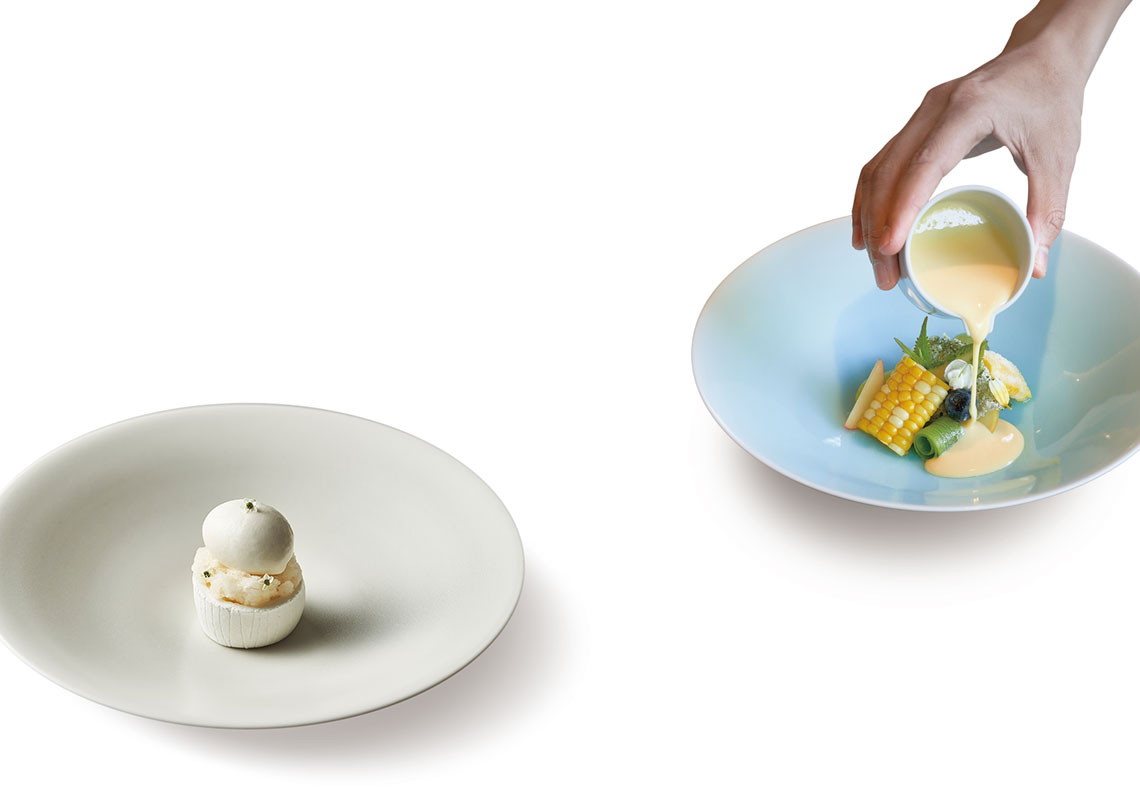
Always and Forever a Chef
The more Kang accomplishes, the more he’s expected to do, but he remains focused on being a chef.
“I’ve never been fully satisfied with Mingles or my dishes. I still doubt myself and struggle with menu development. But when customers thank me for a great experience, I forget those struggles. For me, it’s about keeping the mindset of a chef serving people. I never want to stop bringing joy through food,” he said.
Kang’s favorite memory isn’t winning a Michelin star or being on the World’s 50 Best Restaurants list, but rather a conversation about the future of Mingles during a small meal celebrating its 10th anniversary. It’s moments like these that shape his goal: “As long as I can cook, I want to keep offering new takes on Korean food. I hope Mingles is still around for its 100th anniversary.”
Each plate Kang hands to his guests holds a work of art: a carefully wrapped bundle of love for Korean cuisine, keen insight and pure enthusiasm. His culinary creations capture tradition and modernity, or tradition and universality―pairs of concepts often thought to be opposites. Each dish conveys the potential of Korean cuisine, bringing it one step closer to global appreciation.
